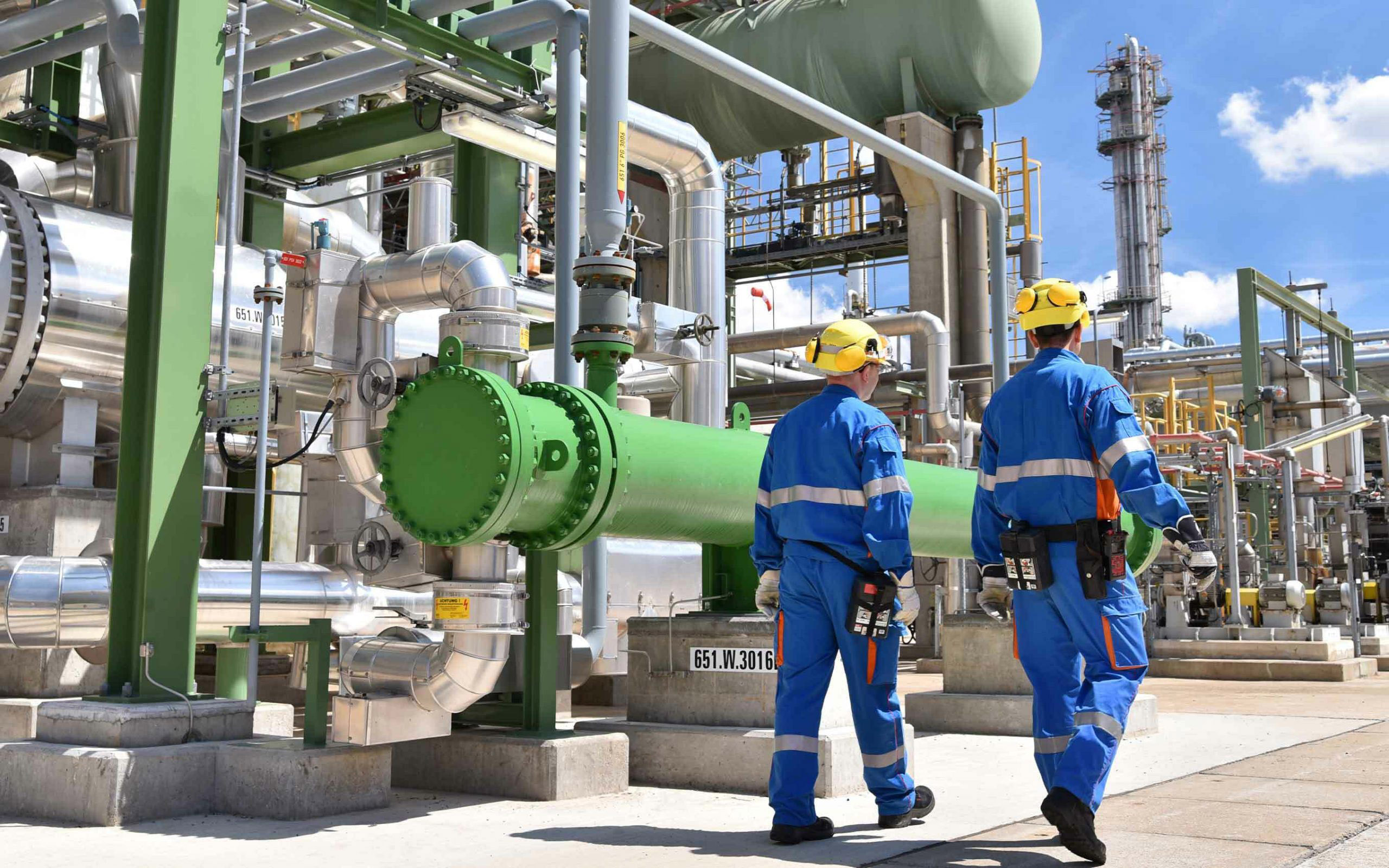After the setback of the pandemic and geopolitical disruptions, global chemical production grew again by 2% in 2022, and further growth is expected. The chemical supply chain is one of the most complex and interconnected in the world. As consumer demand rises, it faces unprecedented pressures in a highly competitive market.
In our whitepaper, project44 takes a deep dive into the critical supply chain challenges facing the chemical sector today and what challenges might arise in the future. We probe the causes, highlight the consequences, and lay out a five-step roadmap to greater supply chain visibility and predictability for the chemical industry.
You can download the whitepaper here to learn more or keep reading for a brief overview.
The Challenges
Global chemical output has been dramatically impacted by disruptive events like the COVID-19 pandemic. What’s more, transportation and shipping issues are all too common, compounding existing complexity within the chemical industry. But perhaps the most daunting challenge facing the chemical industry is the overwhelming amount of data generated by the manufacturing processes of chemicals (think of contract agreements, existing and completed shipments, future requirements, etc.).
Chemical manufacturers don’t have the digital tools to effectively manage such a vast amount of data. That’s why project44 has introduced five key steps for chemical industry companies to bring visibility and predictability to a complex, global supply chain network.
5 Steps to Supply Chain Visibility
Learn how to tackle the data deluge and bring visibility and predictability to the chemical industry’s complex supply network. Keep reading to discover five ways to stay a step ahead of disruption.
1. Move away from manual
Most companies realize the importance of reducing manual workloads and introducing advanced technologies like artificial intelligence (AI), machine learning (ML), and customer relationship managers (CMS) to replace them. The challenge? Transforming company and sector culture to embrace automation.
2. Digitize compliance
Chemical manufacturers must show compliance with industry regulations. Often the systems used for these requirements are legacy technologies, systems in need of updates and upgrades, or systems that are not connected through automation. Once again, advanced technologies like AI and ML will play a key role in the digitization of compliance, and it starts with changing company culture.
3. Get ahead of the game
Chemical manufacturers have struggled to anticipate quick-changing post-pandemic market demands. This is largely due to lack of visibility and an inability to leverage data for accurate forecasting. The first requirement is for companies to prioritize data analytics and consolidate capabilities, connect sources, and channel all process information into one centralized data repository. This consolidated pool of data becomes the fuel for predictive analytics tools that guide optimum decisions around procurement volumes and shipment logistics.
4. Share the journey with customers
Chemical manufacturers’ lack of visibility into their own operations leads to a lack of customer visibility into inventory availability and delivery timelines. By implementing predictive technologies and automated forecasting upstream, companies can pass on that information to customers.
5. Think globally
Taking a localized approach to supply chain management isn’t enough. Chemical manufacturers must take a global mindset to thrive in such a complex industry. Visibility to this extent can only be achieved if the right connections are made and, more importantly, if the right information is shared.
Ready to learn more about bringing greater visibility into the chemical industry supply chain?
Download Converting Chemicals Complexity into Clarity
5 Steps to Supply Chain Visibility



